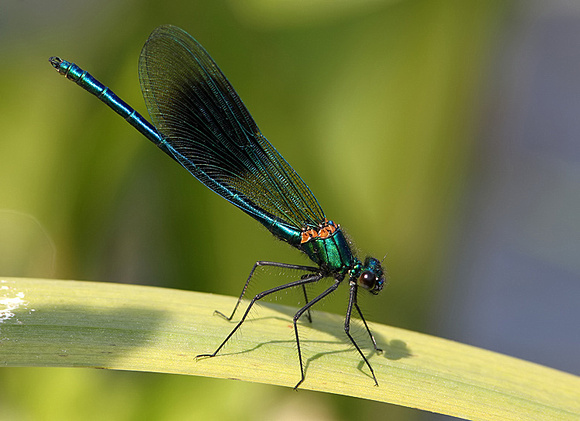....other birds to note, and a BD.
Checking up on the local breeders yesterday, I found a Common Tern at Conder Green, sitting tight on the nest on the island on Conder Pool, but had no sighting of the other bird on two visits I made there. Also on the pool, 2 Little Grebe one of which was in summer plumage, I counted at least 52 Lapwing and 40 Redshank, and noted in the creeks, 5 Common Sandpiper, 2 Greenshank, a Snipe, and 2 Little Egret.
Checking up on the local breeders yesterday, I found a Common Tern at Conder Green, sitting tight on the nest on the island on Conder Pool, but had no sighting of the other bird on two visits I made there. Also on the pool, 2 Little Grebe one of which was in summer plumage, I counted at least 52 Lapwing and 40 Redshank, and noted in the creeks, 5 Common Sandpiper, 2 Greenshank, a Snipe, and 2 Little Egret.
The Lune Estuary at Glasson Dock held too much tidal water and waders were too distant in the haze, but I could estimate 300 Redshank and 150 Dunlin from the bowling green, with 2 Goosander seen again.
Ringed Plover Juvenile Brian Rafferty
At Cockersands, high tide Plover Scar was desperate and I found no more than eleven waders in total, but hey....the other local breeders the Ringed Plover family were found still in tact, the three young were the first birds I clapped eyes on when I arrived at the scar and are set to fledge before the week is out....looking good.
There was even bigger numbers of Swallow today over the fields and loafing around on the fence wires, with a few Sand Martin in the mix, also at least 60 Tree Sparrow seen, and a Whitethroat seen disappearing into a bush, with 7 Whimbrel off Crook Cottage. Four Peacock butterflies were in the cover crop field on Slack Lane.
The Banded Demoiselle.
The Banded Demoiselle have expanded their Lancashire range more than any other species in recent years, they are mainly found along slow-flowing lowland streams and rivers, particularly those with muddy bottoms.
Only two species of damselfly in Britain have obviously coloured wings. In the Banded Demoiselle the wings of the mature male have a dark blue-black band across the central portion. The body colour in the male is metallic blue-green, the flight is fluttering and butterfly-like and I was impressed in watching the beauty of a male 'stream-side butterfly' the Banded Demoiselle as it flew back and forth on the River Conder upstream from the A588 road bridge before disappearing from view.
Thanks to Brian and Marc for the excellent 'clik the pik' photographs.
The Banded Demoiselle.
Banded Demoiselle Marc Heath
The Banded Demoiselle have expanded their Lancashire range more than any other species in recent years, they are mainly found along slow-flowing lowland streams and rivers, particularly those with muddy bottoms.
Only two species of damselfly in Britain have obviously coloured wings. In the Banded Demoiselle the wings of the mature male have a dark blue-black band across the central portion. The body colour in the male is metallic blue-green, the flight is fluttering and butterfly-like and I was impressed in watching the beauty of a male 'stream-side butterfly' the Banded Demoiselle as it flew back and forth on the River Conder upstream from the A588 road bridge before disappearing from view.
Thanks to Brian and Marc for the excellent 'clik the pik' photographs.


Hello Pete!
ReplyDeleteI see you are still very busy counting and observing the birds in your area!
I have gone trough your latest posts, you have chosen great pics to illustrate your text!
Cheers, keep well!